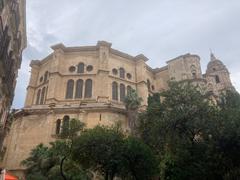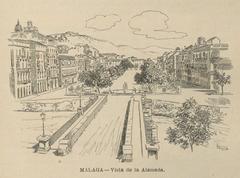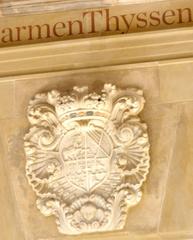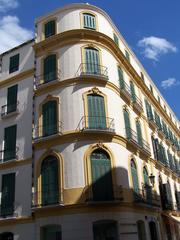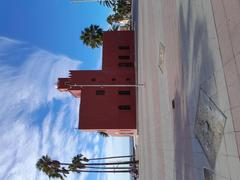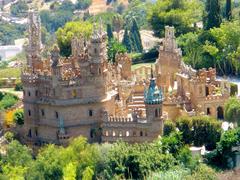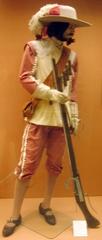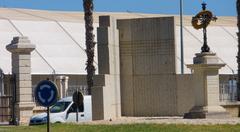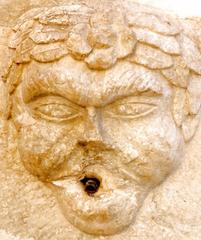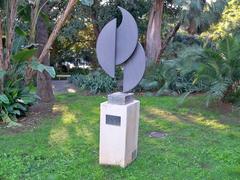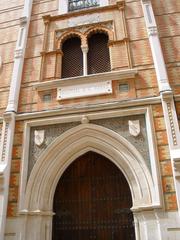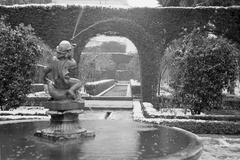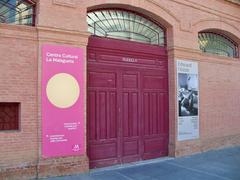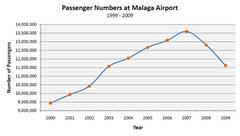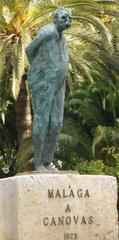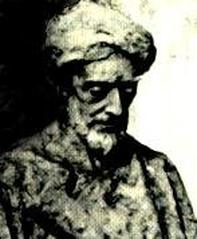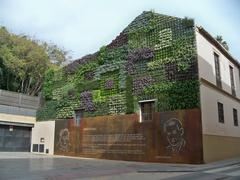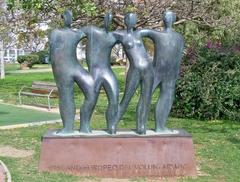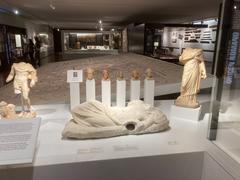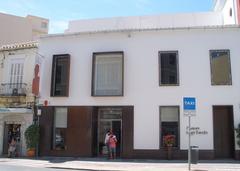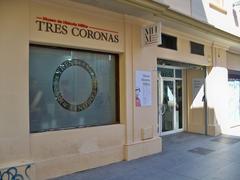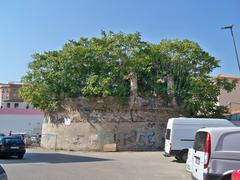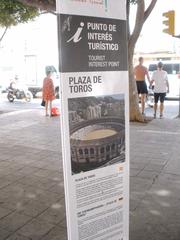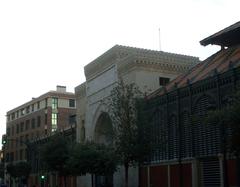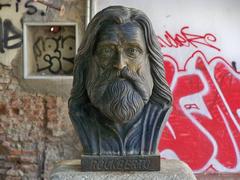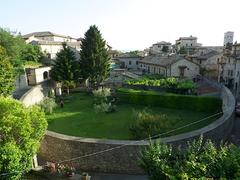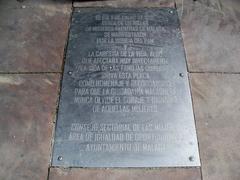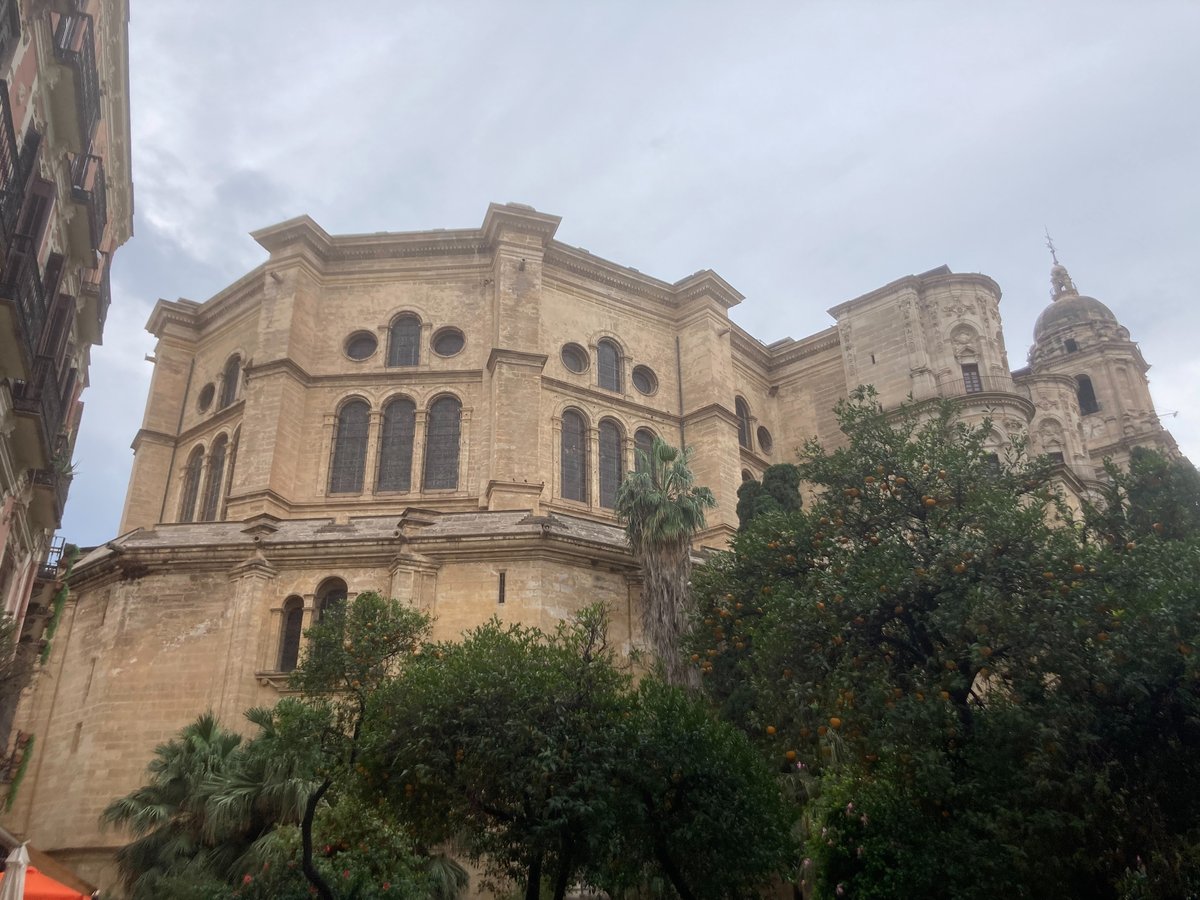
Visiting Hours and Tickets for Catedral de Málaga
Date: 17/07/2024
Introduction
Table of Contents
Exploring the Catedral de Málaga - History, Architectural Styles, and Visitor Information
A History Etched in Stone - From Mosque to Cathedral
The Mosque Before the Monument
Before the imposing structure of the cathedral graced the Málaga skyline, a mosque stood on the same hallowed ground. Erected during the period of Moorish rule, which lasted from the 8th to the 15th centuries, the mosque served as a vital spiritual center for the city’s Muslim population. While the exact details of the mosque’s architecture remain shrouded in the mists of time, historical records suggest a typical Islamic design, likely featuring a spacious courtyard (or sahn) surrounded by arcaded galleries and a prominent minaret from which the call to prayer would echo.
The Reconquista and the Birth of a Cathedral
The year 1487 marked a turning point in Málaga’s history. The city, along with the rest of the Kingdom of Granada, fell to the Catholic monarchs Ferdinand II of Aragon and Isabella I of Castile during the Reconquista – the Christian reconquest of Spain. This victory ushered in a new era for Málaga, and with it, a transformation of its religious landscape. The mosque, a potent symbol of Islamic faith, was consecrated as a Christian church.
A Grand Vision, Interrupted
The initial transformation from mosque to church was just the beginning of the Catedral de Málaga’s story. In 1528, under the decree of Bishop Diego Ramírez de Villaescusa, plans were set in motion to construct a grand cathedral befitting Málaga’s newfound status as a prominent city within a newly unified Spain. The task fell upon the renowned architect Diego de Siloé, a master of the Spanish Renaissance style. Siloé envisioned a magnificent edifice that would blend Gothic grandeur with Renaissance aesthetics.
Construction commenced with fervor, the initial stages progressing rapidly. The mosque’s minaret was incorporated into the cathedral’s design, transformed into the base for the cathedral’s imposing tower. However, fate, it seemed, had other plans.
Financial Woes and the ‘One-Armed Lady’
By the 18th century, the cathedral’s construction had stalled. A series of financial setbacks, including Spain’s involvement in the Thirty Years’ War, drained the royal coffers, leaving the ambitious project starved for funds. Work ground to a halt, leaving the cathedral agonizingly close to completion, yet forever incomplete.
The most striking consequence of this abrupt halt is the cathedral’s southern tower, standing at a modest height compared to its soaring northern counterpart. This architectural quirk earned the cathedral its affectionate nickname, ‘La Manquita’ – the one-armed lady.
An Architectural Tapestry - Styles Through the Centuries
Gothic Bones, Renaissance Flourishes
The cathedral’s architectural DNA reveals a fascinating fusion of Gothic and Renaissance elements. The initial construction, rooted in the late Gothic period, is evident in the soaring nave, the elegant ribbed vaults, and the pointed arches that draw the eye heavenward. These Gothic features, however, are softened and complemented by the Renaissance sensibilities introduced by Diego de Siloé. The influence of the Italian Renaissance is particularly apparent in the cathedral’s ornate facade, adorned with intricate sculptures and decorative elements that speak to the humanist ideals of the era.
Baroque Grandeur and Beyond
While the cathedral’s core embodies the transition from Gothic to Renaissance, later additions and embellishments introduced elements of other architectural styles. The 18th century saw the addition of the Baroque-style choir stalls, crafted by the renowned sculptor Pedro de Mena. These intricately carved stalls, considered masterpieces of Spanish Baroque, add a layer of opulence and drama to the cathedral’s interior.
A Symphony of Styles
The Catedral de Málaga, therefore, is not a monolithic representation of a single architectural style, but rather a harmonious blend of influences accumulated over centuries. This eclecticism, far from being a detriment, adds to the cathedral’s charm, offering visitors a visual journey through Málaga’s architectural history.
Visitor Information
Visiting Hours and Tickets
Travel Tips and Nearby Attractions
When visiting the Catedral de Málaga, consider exploring nearby historical sites such as the Alcazaba, a Moorish fortress, and the Roman Theatre. Both are within walking distance and offer additional insights into Málaga’s rich history. For those interested in art, the Picasso Museum is also nearby, celebrating the works of Málaga’s most famous son, Pablo Picasso.
Accessibility and Guided Tours
The cathedral is committed to being accessible to all visitors. Ramps and elevators are available for those with mobility issues. Guided tours are offered in multiple languages, providing deeper insights into the cathedral’s history and architectural nuances. Audio guides are also available for a self-paced exploration.
Special Events and Photographic Spots
The Catedral de Málaga hosts special events throughout the year, including concerts and religious ceremonies. These events provide unique opportunities to experience the cathedral in different lights. For photography enthusiasts, the northern tower offers stunning panoramic views of Málaga, making it a must-visit spot.
Conclusion
The Catedral de Málaga is more than just a historical monument; it’s a living tapestry of the city’s cultural and architectural evolution. From its origins as a mosque to its incomplete yet magnificent present form, the cathedral encapsulates centuries of history. Whether you’re captivated by its Gothic roots, Renaissance flourishes, or Baroque grandeur, a visit to ‘La Manquita’ promises a rich and rewarding experience. Plan your visit, immerse yourself in its stories, and let the Catedral de Málaga’s timeless beauty leave an indelible mark on your travels.
FAQ
Q - What are the visiting hours for Catedral de Málaga?
Q - How much do tickets cost for Catedral de Málaga?
Q - Are there guided tours available?
A - Yes, guided tours are available in multiple languages. Audio guides are also an option for a self-paced visit.
Q - Is the cathedral accessible for visitors with disabilities?
A - Yes, the cathedral is equipped with ramps and elevators to accommodate visitors with mobility issues.
Q - Are there any nearby attractions to visit?
A - Yes, nearby attractions include the Alcazaba, the Roman Theatre, and the Picasso Museum, all within walking distance of the cathedral.
Q - Can I take photos inside the cathedral?
A - Photography is generally allowed, but it’s advisable to check for any restrictions during special events or religious ceremonies.
